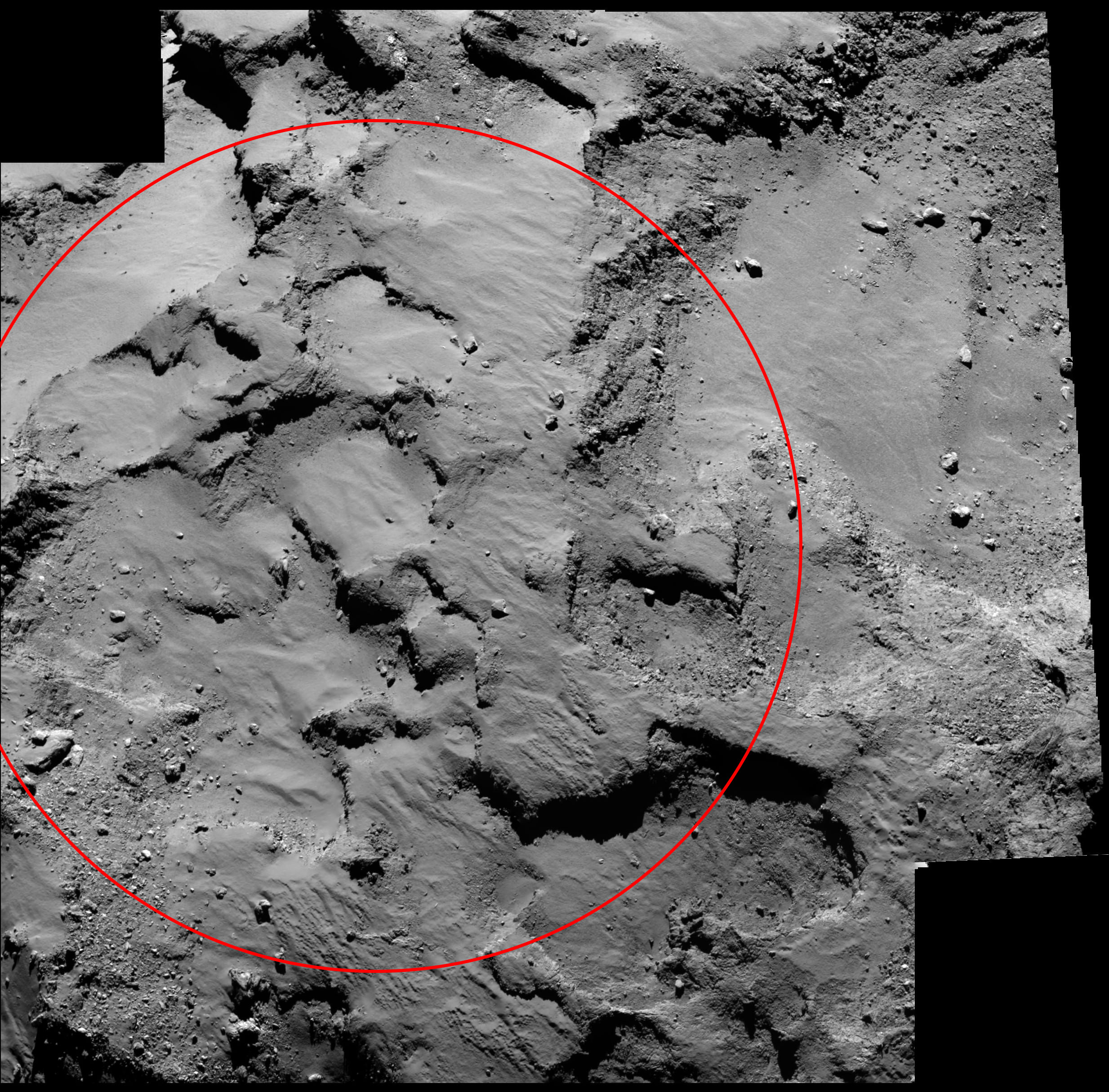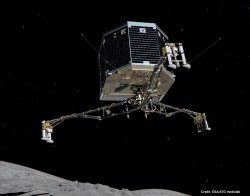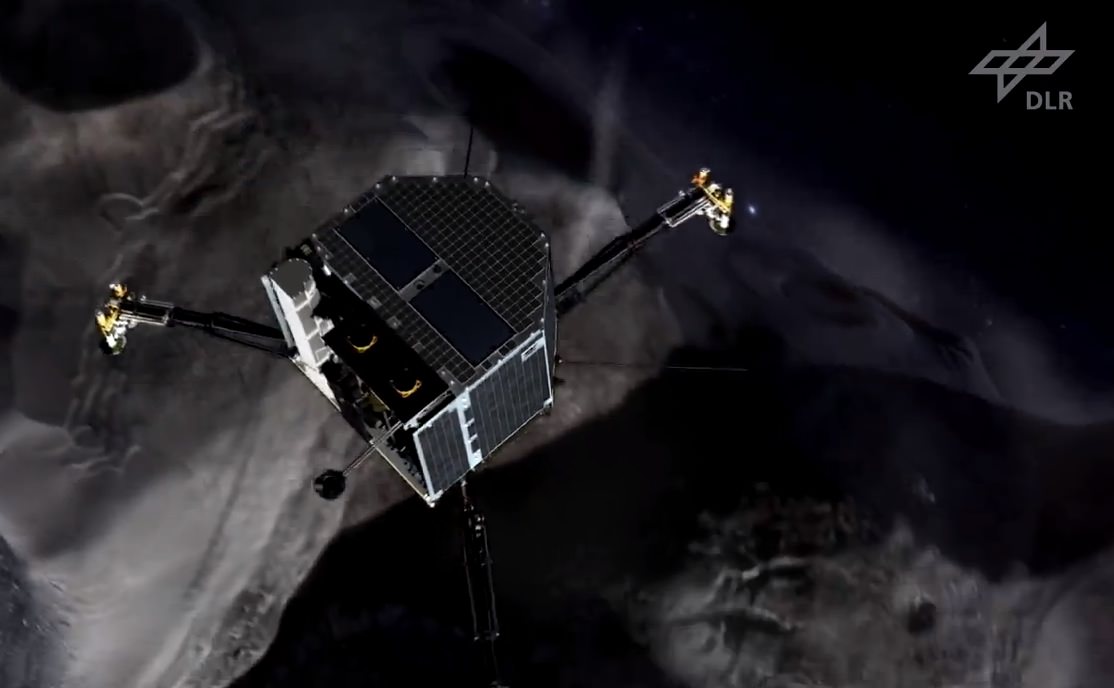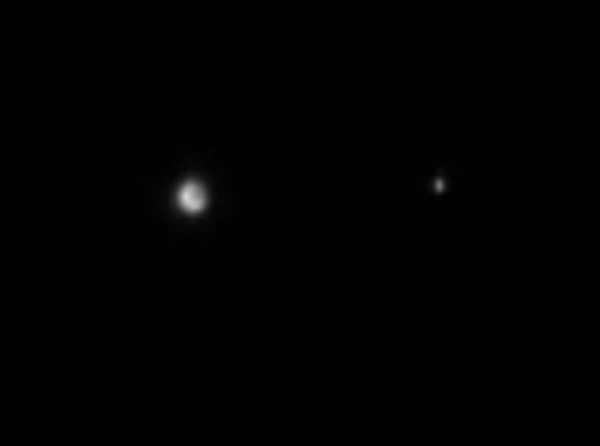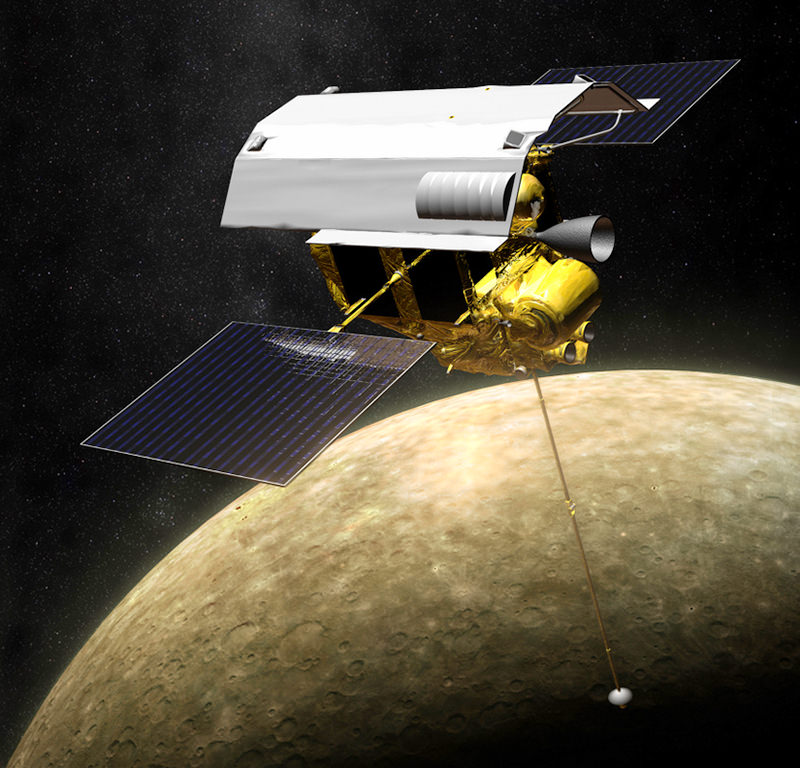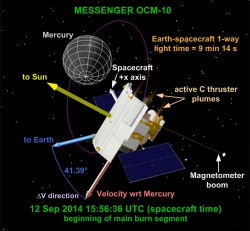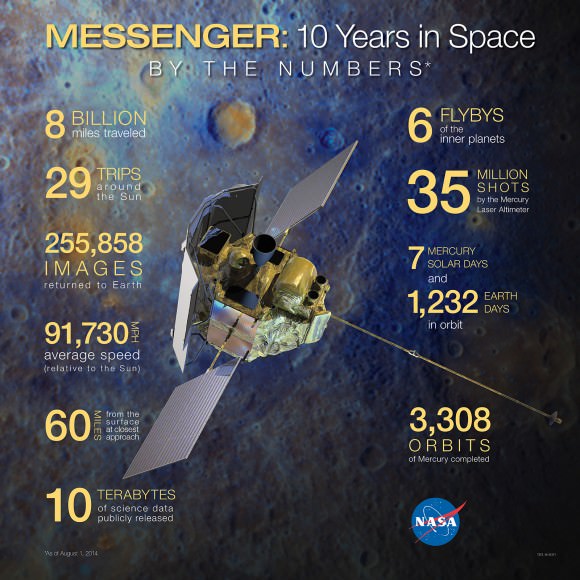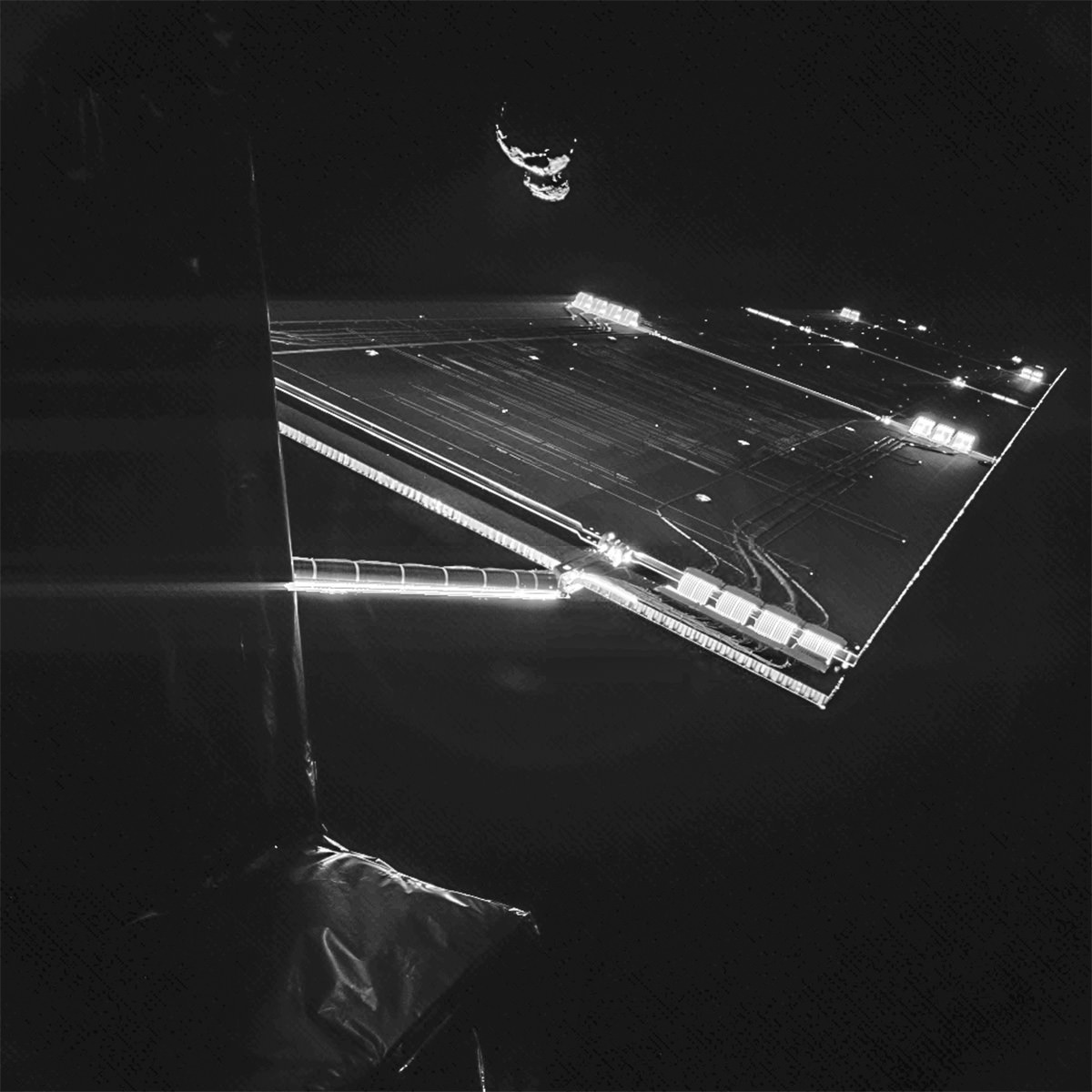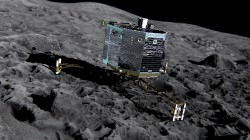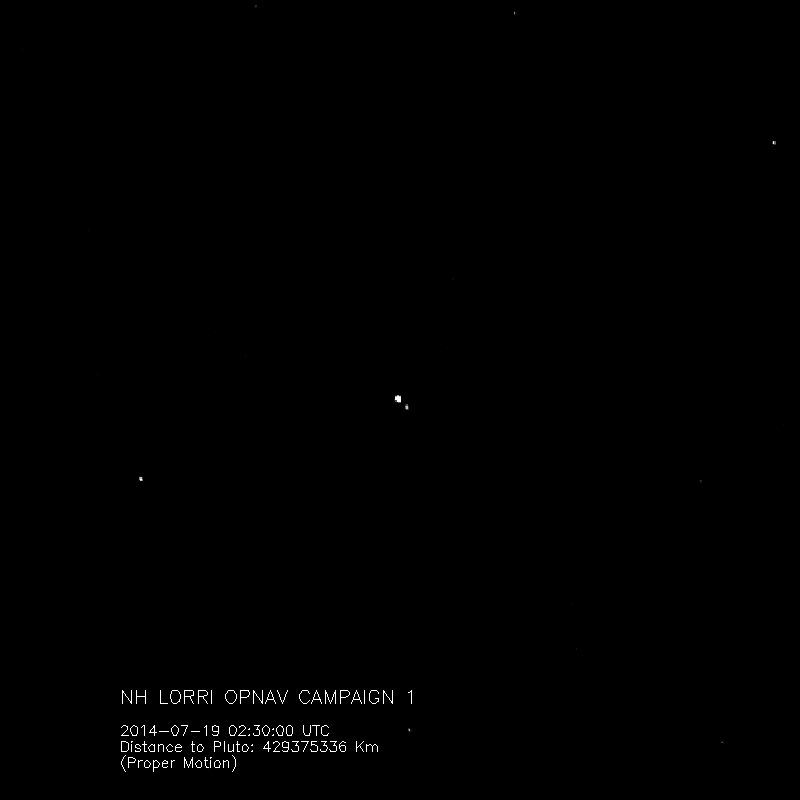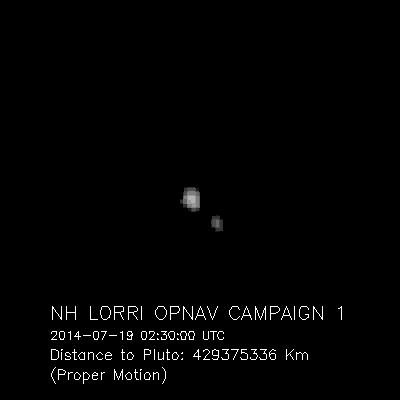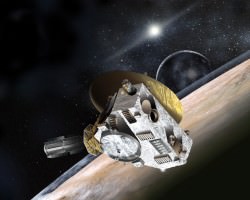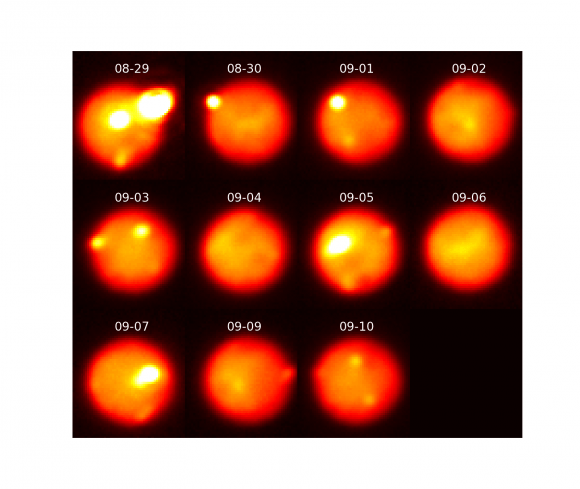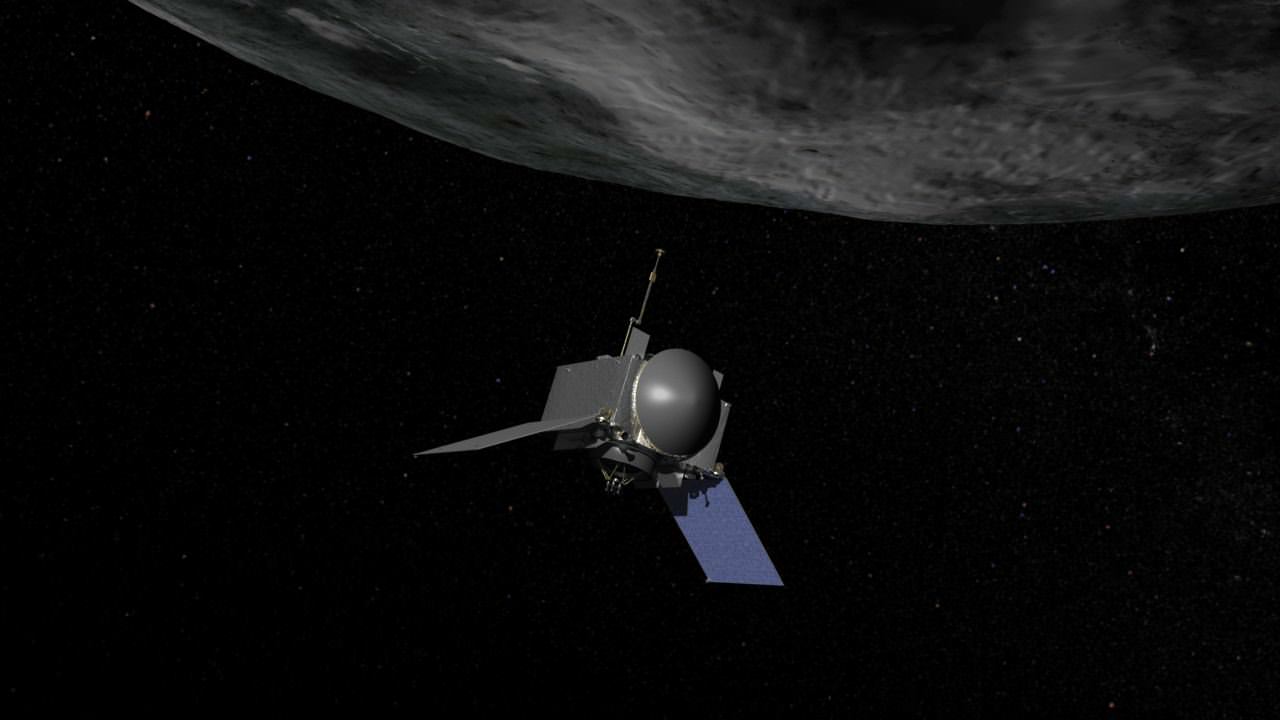Everywhere we look on Earth, we find life. Even in the strangest corners of planet. What other places in the Universe might be habitable?
There’s life here on Earth, but what other places could there be life? This could be life that we might recognize, and maybe even life as we don’t understand it.
People always accuse me of being closed minded towards the search for life. Why do I always want there to be an energy source and liquid water? Why am I so hydrocentric? Scientists understand how life works here on Earth. Wherever we find liquid water, we find life: under glaciers, in your armpits, hydrothermal vents, in acidic water, up your nose, etc.
Water acts as a solvent, a place where atoms can be moved around and built into new structures by life forms. It makes sense to search for liquid water as it always seems to have life here. So where could we go searching for liquid water in the rest of the Universe?
Under the surface of Europa, there are deep oceans. They’re warmed by the gravitational interactions of Jupiter tidally flexing the surface of the moon. There could be life huddled around volcanic vents within its ocean. There’s a similar situation in Saturn’s Moon Enceladus, which is spewing out water ice into space; there might be vast reserves of liquid water underneath its surface. You could imagine a habitable moon orbiting a gas giant in another star system, or maybe you can just let George Lucas imagine it for you and fill it with Ewoks.
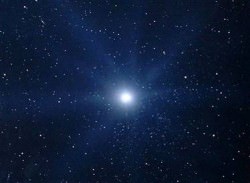
Let’s look further afield. What about dying white dwarf stars? Even though their main sequence days are over, they’re still giving off a lot of energy, and will slowly cool down over the coming billions of years. Brown dwarfs could get in on this action as well. Even though they never had enough mass to ignite solar fusion, they’re still generating heat. This could provide a safe warm place for planets to harbor life.
It gets a little trickier in either of these systems. White and brown dwarfs would have very narrow habitable zones, maybe 1/100th the size of the one in our Solar System. And it might shift too quickly for life to get started or survive for very long. This is our view, what we know life to be with water as a solvent. But astrobiologists have found other liquids that might work well as solvents too.

What about life forms that live in oceans of liquid methane on Titan, or creatures that use silicon or boron instead of carbon. It might just not be science fiction after all. It’s a vast Universe out there, stranger than we can imagine. Astronomers are looking for life wherever makes sense – wherever there’s liquid water. And if they don’t find any there, they’ll start looking places that don’t make sense.
What do you think? When we first find life, what will be its core building block? Silicon? Boron? or something even more exotic?
And if you like what you see, come check out our Patreon page and find out how you can get these videos early while helping us bring you more great content!



